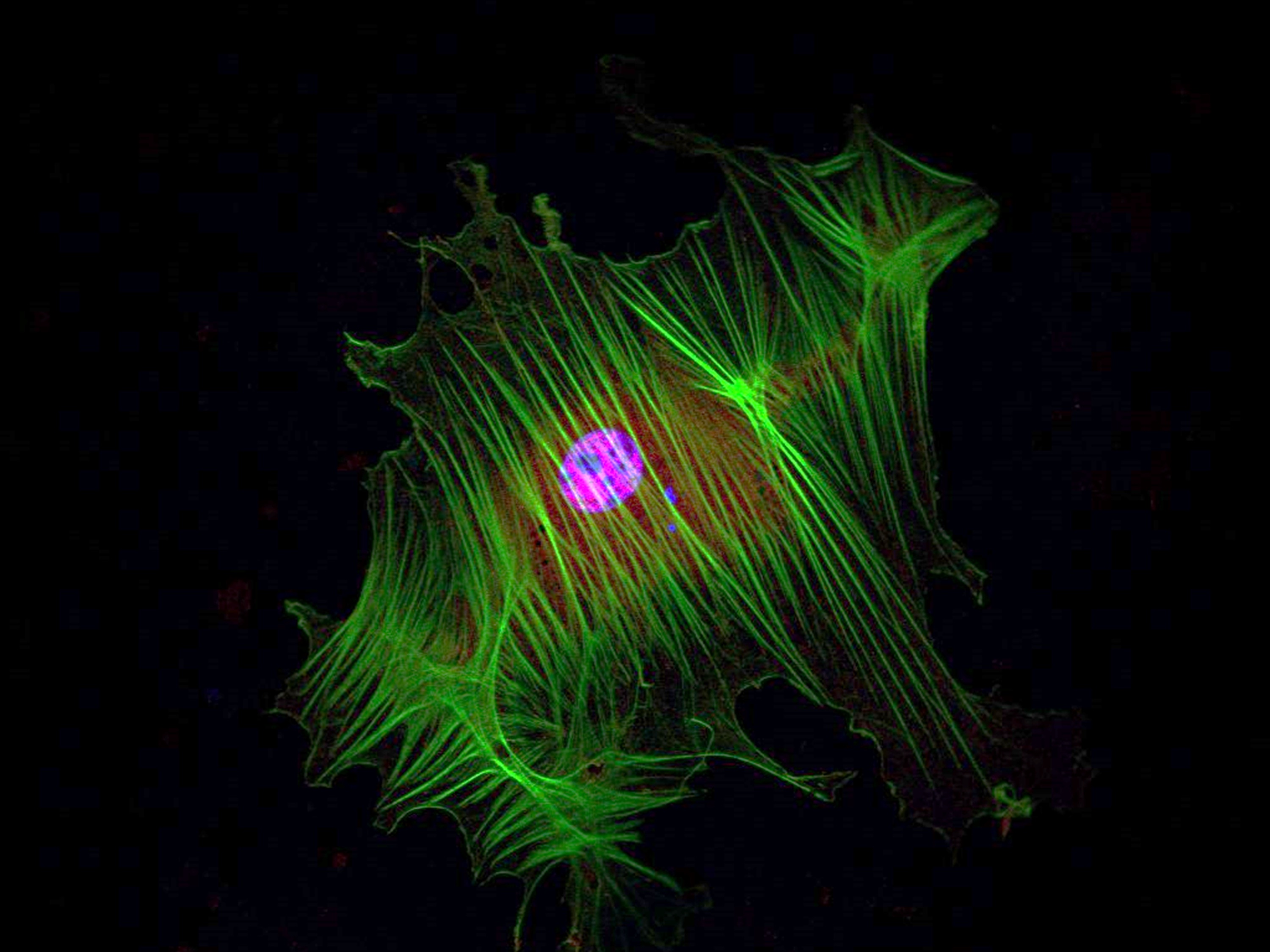Elbow contracture develops in 50% of patients who sustain elbow injury like a dislocation or fracture. Post-traumatic joint contracture (PTJC) is especially challenging to treat because it is a multi-tissue pathology (i.e., damage to capsule, ligaments, muscle, etc.). However, current treatment strategies (e.g., physical therapy, surgery) do not restore elbow function to pre-injury levels and 10-20% of patients require a second surgery due to repeat contracture. These current strategies are likely not effective because they physically alter the damaged periarticular soft tissues rather than treat the underlying pathology.
We developed a clinically relevant rat model of elbow PTJC. Long-Evans rats are surgically injured to replicate soft tissue damage following elbow dislocation and are then immediately immobilized using an external soft bandage. Injured and control forelimbs have been evaluated at many time points throughout a six-week period of immobilization and a subsequent six-week period of free mobilization (i.e., joint is no longer immobilized). Multi-scale techniques used to characterize elbow PTJC in our rat model include but are not limited to qPCR, tissue biochemistry, immunohistochemistry/histology, µCT, joint/tissue mechanics, grip strength and gait functional analysis.
Collaborators
- Kyle D. Allen, Ph.D. – Biomedical Engineering, University of Florida
- Jürgen Brinckmann, Ph.D. – Institute of Virology and Cell Biology, University of Lübeck
- Aaron M. Chamberlain, M.Sc., MBA., M.D. – Orthopaedic Surgery, Washington University
- Leesa M. Galatz, M.D. – Orthopaedic Surgery, Mount Sinai
- Necat Havlioglu, M.D. – Pathology, John Cochran VA Medical Center
- Gretchen Meyer, Ph.D. – Physical Therapy, Washington University
- Ken Schechtman, Ph.D. – Biostatistics, Washington University

